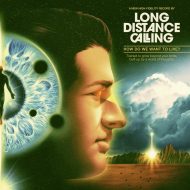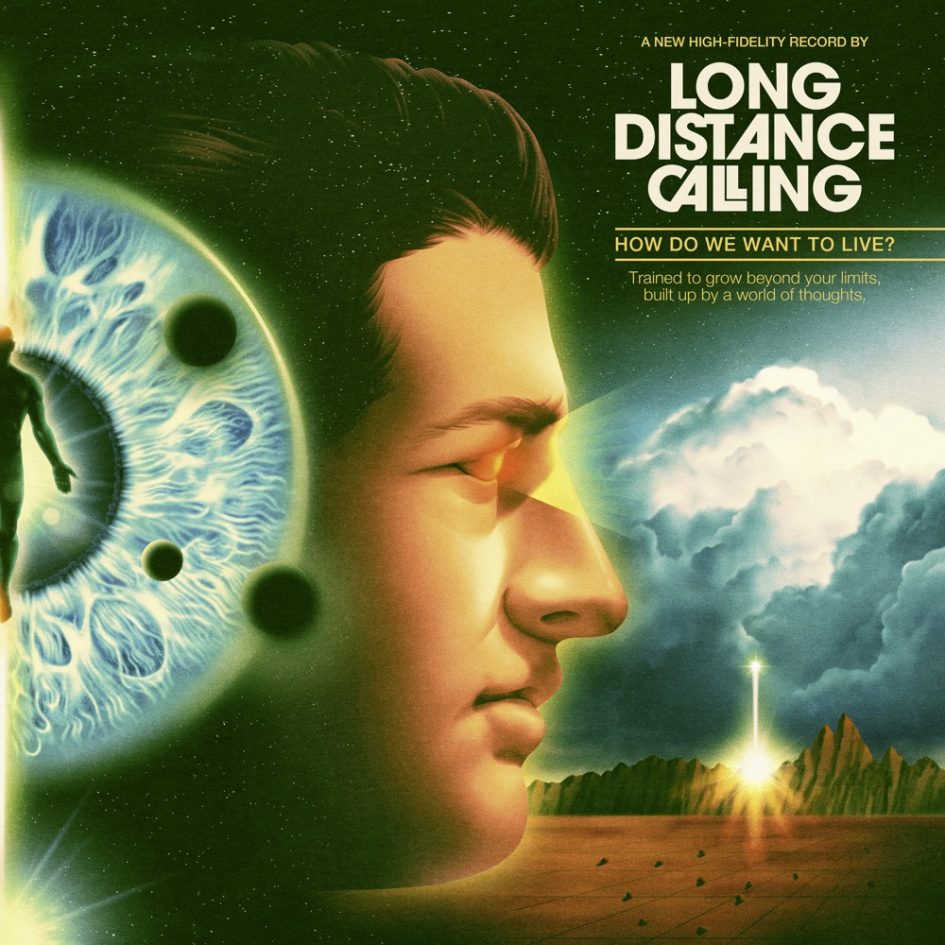 I suppose most of you know or have at least heard of the Israeli historian and philosopher Yuval Noah Harari and his multi-discipline insights into the history of and the prospects for the human species. If you don’t know him, haven’t read his books, his articles, listened to one of his talks or don’t even know who he is, I really don’t know where you’ve been living the last few years, or what you have been doing. You must have been hiding under a rock.
I suppose most of you know or have at least heard of the Israeli historian and philosopher Yuval Noah Harari and his multi-discipline insights into the history of and the prospects for the human species. If you don’t know him, haven’t read his books, his articles, listened to one of his talks or don’t even know who he is, I really don’t know where you’ve been living the last few years, or what you have been doing. You must have been hiding under a rock.
The latter is definitely not true for the band Long Distance Calling. The theme of their new album suggests that they are very aware of possible future developments as sketched in Harari’s books. Their new album How Do We Want To Live? draws attention the fact that humanity is at a crossroads (hence the question form of the album title), a point at which it has to decide whether further technical development will lead us towards utopia or dystopia.
From the point of view of some scientists, what has long been the realm of science fiction, is threatening to become our reality. The album’s cover art acknowledges that and consequently looks like a seventies design for one of Isaac Asimov’s Sci-Fi novels. If you’ve never heard of Isaac Asimov either, you’ve got some serious reading to do.
The thematic and optical contrast between How Do We Want To Live? and the band’s last album Boundless couldn’t be greater. Boundless was nature-themed, it’s cover featuring a foggy, rainy, rocky, barren landscape with the band as tiny, hazy figures in it. The theme was very well realized in the music.
I quite liked Boundless. Its instrumental music very convincingly told the story of a hike through nature, the spectacular video to the track Out There delivered fantastic pictures to go along with it. Boundless was definitely one of the best post rock albums of the last two, three years. I liked it so much that I travelled to a neighbouring country to see it performed live.
How Do We Want To Live? took me somewhat by surprise. Not only do the theme and the cover design constitute a complete turn-around, the music, although still having many trademarks of the band’s sound, is different as well. Most notably, it contains quite a lot of electronics and mechanical sounds, but also text and singing.
While the electronics and the mechanical sounds obviously go with the theme, the spoken word bits and the singing are quite unusual for this band who in their long career chose to express themselves mostly instrumentally. Instrumental music allows the listeners to impose their own thoughts on the music and to interpret it in any way they like. Music with text and lyrics, on the other hand, forces you to deal with what is being said. And there are always two possibilities: You might agree with what is expressed, or you might not.
On How Do We Want To Live? you are constantly asked to make up your mind about the subject at hand, starting with the very first track. On Curiosity (Part 1), after an intro of electronically charged sounds, a male robotic, echoing voice states that “Curiosity is a real bastard.” While the robotic voice speaks of curiosity as something positive, the ominous, computer-generated music accompanying it speaks of its inherent dangers. The question is where our curiosity will take us. Do we really have to do everything we technically can? Can and will we choose to leave some paths unexplored?
The album continues to explore the theme via electronics infused post-rock. Hazard introduces the frightening potential of artificial intelligence as a major threat, the album’s final track Ashes functions as a warning about a possible negative outcome.
The robotic-sounding spoken word parts, sometimes done with a male, sometimes with a female voice, prove challenging and a bit annoying, especially after repeated listens. My favourite track on the album is therefore Beyond Your Limits, because it has a more traditional song structure and features clean vocals.
While there are quite beautiful pieces of music on the album, especially the bits that include a cello, and while there is absolutely nothing negative to be said about musicianship, song-writing abilities or production, the music on How Do We Want To Live? is overall of a much less exciting, more mellow nature than that on the band’s previous albums. Although the album has an interesting and relevant theme and has received overall favourable reviews so far from the usual suspects, I am pretty sure that it will sonically appeal less to the majority of the readers on this site.
If you’d like a taste of the music, I suggest you watch the video to the track Immunity. In it, bits of clips from the emergence of the new Corona virus have been cut together and very effectively synched with the music. You will see parts of our new reality, things the majority of us didn’t anticipate in our wildest nightmares. The video closes with two sentences that could have been written by Harari pointing out the twofold nature of technology: “For some diseases technology might be the cure. For others it is misused as an incubator.”
(7/10 Slavica)
https://www.facebook.com/longdistancecalling

Leave a Reply